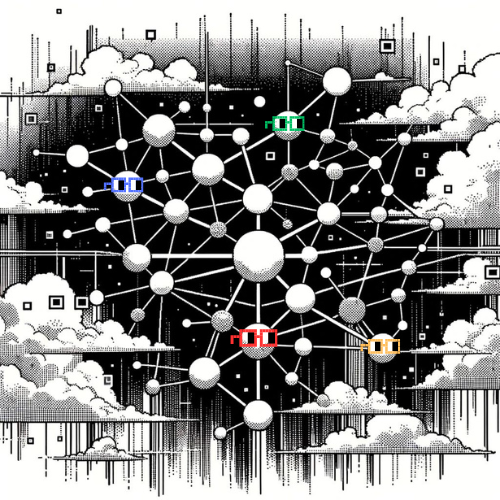
Nouns x Farcaster
A path to delivering a great app
How can we best ensure that 3 months from Friday Nouns has at least one amazing Farcaster client?
Delivering a great app is not trivial and complexity creeps up easily from behind punchy feature names, wireframes, sketches and concept art.
I value pragmatism, so allow me to be boring for a moment.
Nouns x Farcaster clients have layers:
data layer: aggregate, filter and store the Nounish content
presentation layer: display the data in an engaging and aesthetic manner
governance layer: decisions on client features, curation, contributing
Data
The data layer is mostly already out there, because /nouns have historically done a cracking job at creating and putting-it-out-there! Algonouns enhances this layer, by collecting and sort it, based on transparent and customisable criteria. It introduces a new primitive fit for the ethos of Nouns. Unlike most social apps, Algonouns optimises for discovery and connection, instead of ads and “fame”.
Presentation
Presentation matters. "Good UX" is relative and unpacks based on type of content, user habits and accesibility. Illustrations (source), videos, stories and gifs are meant to shine in NounTok. The familiar feed + voting in Nouncaster aims to quickly pop nuggets of news, while nurturing reactions by voting or replying. More Kiwi News, less Facebook. Nounishness is part of the content and adds or subtracts weight to how readers perceive the latest DAO launch (as one example).
Tangent: Kiwi News introduced Feedbot recently, with a similar goal.
Governance
Finally, the governance layer should be concise and permissive. A lot of issues are solved by CC0 and open-source, models which in the long run outlive even the coolest BDFLs. You don't have to be Nounish to read the spec and contribute your own curation buy assembling an algo in Algonouns.
References and context
A video deep-dive in Algonouns: https://www.loom.com/share/b14cf7b8792249aeabe91b1489c59c93?sid=fc473216-4101-457a-bc07-61c5ce897dc9
Nouncaster in the prop.house: https://prop.house/0x767a3bdf2aa3b3201b794927a997fcf4e50d4702

%26blogImageUrl%3Dhttps%253A%252F%252Fstorage.googleapis.com%252Fpapyrus_images%252Fa90a0fe40c1ab7dfea1f96e1d24f22b0.gif%26coverPhotoUrl%3Dhttps%253A%252F%252Fstorage.googleapis.com%252Fpapyrus_images%252Fd9be4073e8f3560c8d092617df684d6a.png%26size%3D1024%26publishedDate%3D1711577614457&w=3840&q=75)
